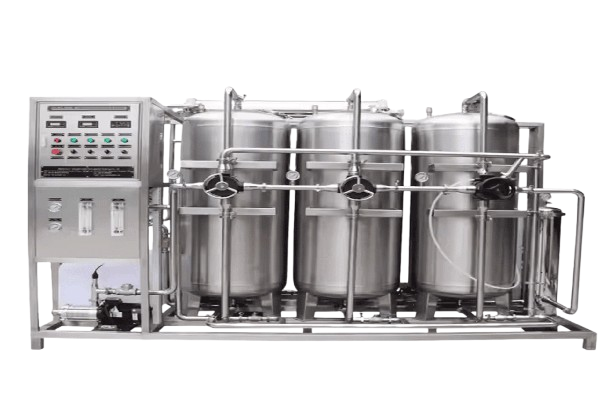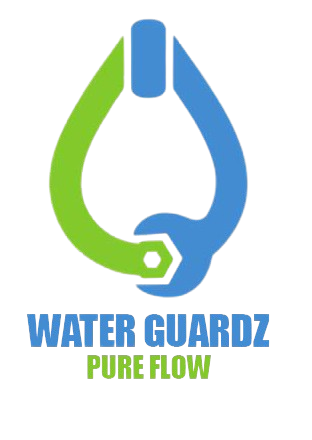Fresh water treatment

A Fresh Water Generator (FWG) is a crucial system primarily used in maritime and industrial applications to produce fresh water from seawater. These generators help ships, oil platforms, and large industrial plants maintain a steady supply of potable water.
Types of Fresh Water Generators
- Reverse Osmosis (RO) Systems
- Utilizes semi-permeable membranes to filter out salt and impurities.
- High energy efficiency.
- Distillation Systems
- Uses heat to evaporate water and then condense it back to remove salt.
- Can be multi-stage or flash distillation.
Working Principle
- Reverse Osmosis:
- Seawater is forced through membranes, leaving the salt behind.
- Distillation:
- Seawater is heated to form steam, which is then condensed into fresh water.
Components of Fresh Water Generators
- Evaporator: Heats seawater to create steam.
- Condenser: Cools the steam to produce fresh water.
- Pumps: Circulates seawater through the system.
- Filtration Units: Removes impurities before desalination.
Applications
- Marine Vessels:
- Ensures a continuous supply of drinking water on ships.
- Oil Platforms:
- Provides fresh water in remote offshore locations.
- Remote Industrial Plants:
- Ensures fresh water supply where local sources are scarce.
Benefits of Fresh Water Generators
- Continuous Supply of Fresh Water: Essential for long voyages or operations in isolated locations.
- Cost-Effective: Minimizes the need for external water supply.
- Environmentally Friendly: Reduces reliance on freshwater sources.
Maintenance of Fresh Water Generators
- Regular inspection of membranes and evaporators.
- Replacement of filters and cleaning of salt buildup.
- Monitoring of efficiency levels.
- Marine Vessels:
